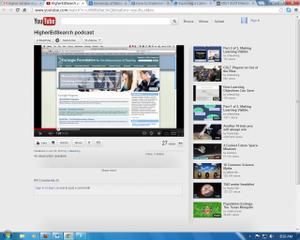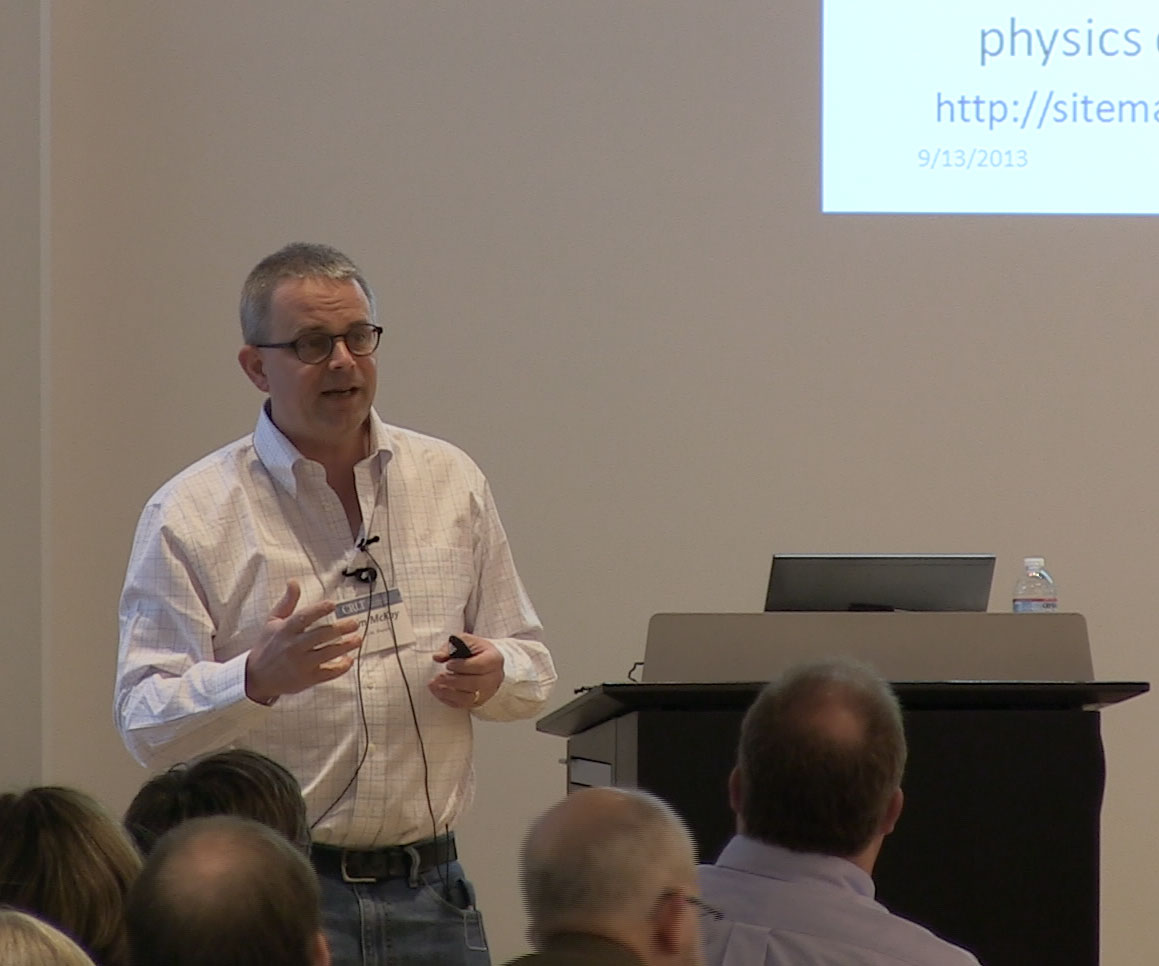Exploring a Career in Higher Ed? Tools for Learning More about U.S. Institutions
Are you currently searching for academic jobs or planning a higher ed job search in the future? Beyond exploring individual schools' websites, do you know how to find good information about the institutions you're applying to? Or how to find similar institutions in a given geographic area? Or how to research salary ranges for the kinds of positions you're seeking?

This screencast prepared by CRLT's Rachel Niemer highlights web-based resources that can answer a range of questions you might not have even known you had. The 7-minute presentation provides introductions to search tools from trusted sources like the Carnegie Foundation, the Chronicle of Higher Education, and the Department of Education to help you pursue a more fully-informed job search.
For other resources for job seekers, click on the "PFF" (Preparing Future Faculty) tag below. Or click here for a range of resources from the recent one-day Preparing Future Faculty conference co-sponsored by Rackham and CRLT.


 Friday, September 13, kicked off another year of the Student Learning and Analytics at Michigan (SLAM) speaker series with a presentation by Tim McKay, chair of the University's Learning Analytics Task Force and Thurnau Professor of Physics. McKay spoke about the accomplishments of the Task Force from the previous year, presented data from recent Learning Analytics research, and discussed plans for the next year.
Friday, September 13, kicked off another year of the Student Learning and Analytics at Michigan (SLAM) speaker series with a presentation by Tim McKay, chair of the University's Learning Analytics Task Force and Thurnau Professor of Physics. McKay spoke about the accomplishments of the Task Force from the previous year, presented data from recent Learning Analytics research, and discussed plans for the next year. 


 As winter term wraps up, many U-M teachers are thinking ahead to their spring and summer courses. When teaching in a short semester with a limited number of class sessions, it's especially important to make good use of the first day. How can you use an initial meeting to do more than review the syllabus and begin to learn students' names?
As winter term wraps up, many U-M teachers are thinking ahead to their spring and summer courses. When teaching in a short semester with a limited number of class sessions, it's especially important to make good use of the first day. How can you use an initial meeting to do more than review the syllabus and begin to learn students' names?


